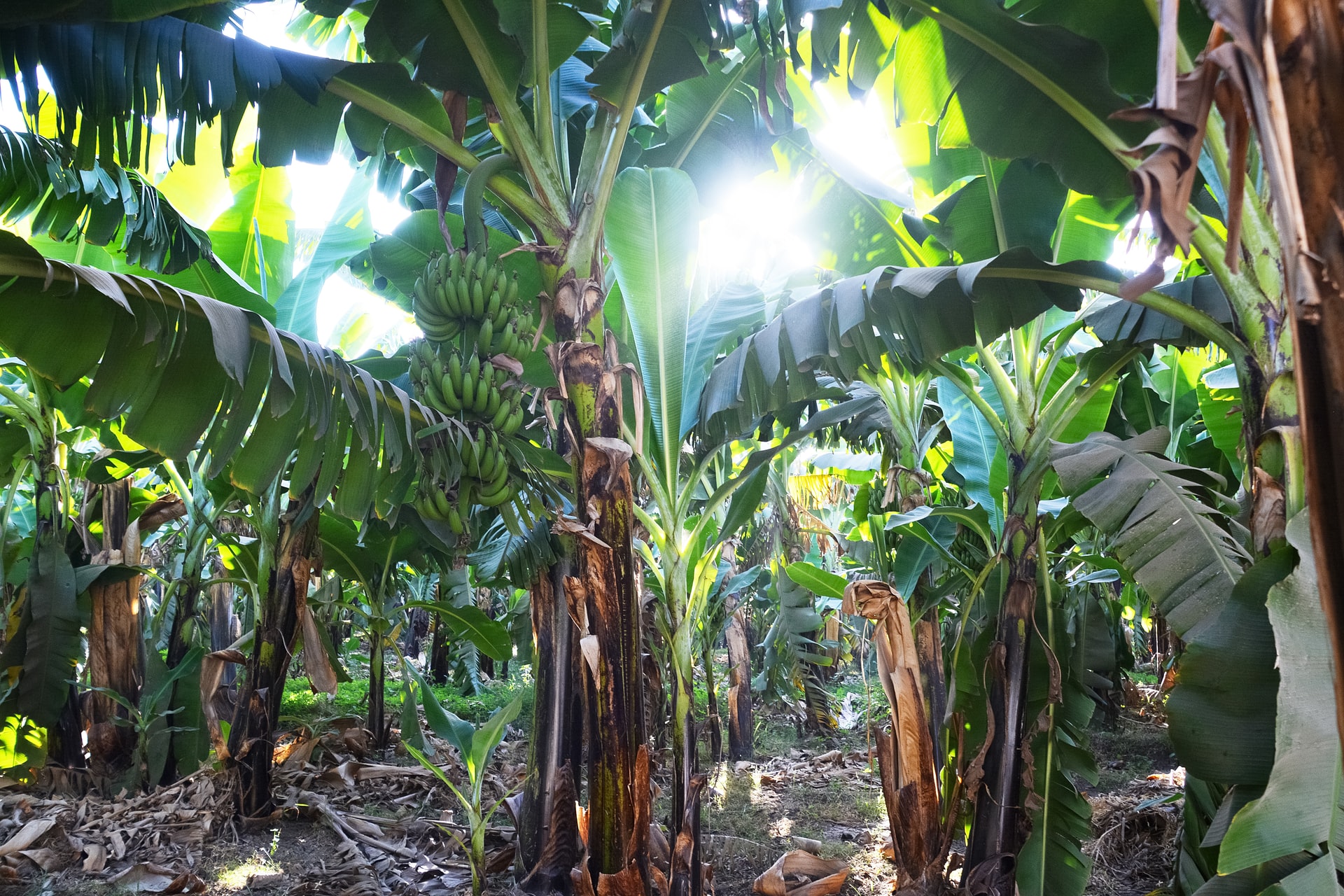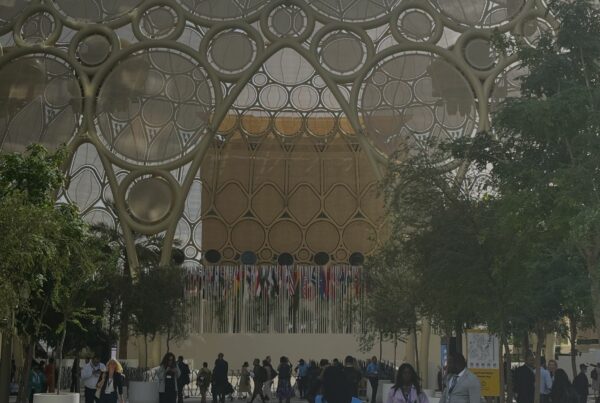Colombia is the Latin American country with the highest number of legal natural resources designated by the International Union for Conservation of Nature. However, those protected areas are usually part of the different dynamics interwoven between armed actors and legal economic activities. Colombian researchers analyzed eight cases, and call for not narcoticizing the debate and promoting more comprehensive public policies.
On December 15, 2020, at 10 a.m., the national government auctioned nearly 200,000 grams of gold that the former guerrilla of the Revolutionary Armed Forces of Colombia (FARC for its initials in Spanish) delivered to the United Nations Special Mission to compensate war victims. However, beyond the USD 11.9 million that the English firm Condor Partners paid for the ingots and jewelry, there is a deeper issue behind it: the role of natural resources in the emergence, duration and intensity of armed conflicts.
Several Colombian researchers decided to approach these dynamics from another point of view: not from the usual emphasis on drug trafficking —an illicit resource— as fuel for war, but from legal economic activities. The goal? Make an effort for not narcotizing the national agenda and explain why Colombia is a “country of regions” not only from a cultural and natural point of view, but also because of the various forms that the armed conflict and criminality have adopted throughout history. The results were detailed in the book entitled Different resources, different conflicts?, published by the Universidad de los Andes in 2018.
Why is it that some regions —and resources— seem to have developed capacities to “shield” against the dynamics of war? What mechanisms intercede the relationships between chosen resources and the armed groups dynamics? What are the forms of victimization that arise (murders, forced displacements, kidnappings, extortion)? To answer these and other questions, the researchers focused on eight cases: bananas, coffee, coal, emeralds, ferronickel, flowers, gold and oil.
That methodology, explains Angelika Rettberg, Ph.D. in Political Science and co-author of the book, allows us to understand how natural resources interact and can be interdependent.
“This forces us to look at the micro level of the dynamics and saves us from permanent pessimism. Since, contrary to what certain literature says about ‘cursed resources’ (those that become a headache for poor countries because they are related to political instability, looting and corruption), the truly cursed are the particular contexts from which they are taken”, he explains. “When there are institutions that work reasonably well and communities that do not have a predatory vision, those resources can work in a virtuous way.”
The web of conflicts
To delve deeper into this web that is woven, the authors found that the relationship between those eight analyzed resources and the armed conflict can occur in three ways: motivating (when the presence of the armed actors is explained in terms of the possibility of looting the resource), complementary (when the looting of resources complements income, but is not the main motivation; there may be interests in controlling strategic corridors to move weapons or supplies, for example), and isolationist (when resources remain isolated or “armored” from the dynamics of war).
Gold, for example, which was analyzed in the departments of Antioquia, Caldas, Chocó, Santander, Tolima and Nariño, is linked to the armed conflict and crime in the three ways mentioned. Cases were identified in which illegal armed actors blackmail or kidnap mining operators or merchants in order to obtain some portion of the income, actors who participate in the commercialization of gold as agents or partners of buying houses and, even, who pressure local governments to allocate resources derived from royalties.
In 2019, according to the report of the United Nations Office on Drugs and Crime (UNODC), 98,028 hectares presented alluvial gold exploitation (EVOA) in 12 of the 32 departments of Colombia. When matching geographic data with permits and licenses, the panorama turned critical: 66% of the exploitation is illegal in the country.
Even though, due to its legal nature, trading gold instead of cocaine may be easier, the authors conclude that there is no single dynamic of interaction. Instead, variables such as geology, technology, geographic location, culture, and migration influence the different ways in which illegal armed groups manage to permeate the activity. However, in the face of the post-conflict, the challenge is twofold: strengthen the institutional framework and educate local communities.
For the economist Juan Camilo Cárdenas, co-author of the research and professor at the Universidad de los Andes, the recipe is based on “building mining formalization processes and negotiation spaces so as to prevent mining in strategic natural areas such as wastelands and other water sources.” And not to narcoticize the issue in the public debate, “because not all the environmental agenda comes down to the war against drug trafficking and not all the war against drug trafficking has environmental consequences.”
The role of the State
The book also addresses the matter of how the State itself can promote or maintain the conditions that link natural resources to conflict and how difficult it is to incorporate the particular dynamics of each region into national codes. According to Rettberg, all this may be achieved gradually, even over decades. “It is possible when alliances are made for the collective interest and we can establish the idea that protecting the environment is for the good of all.”
The professor ends up with an example: “Former FARC fighters must now become part of the pension system. This implies a relationship with the State and a long-term planning far-removed from the thinking of people who have lived in the uncertainty of war. Something similar happens with natural resources: they are a pension system, they are the air that we are going to breathe in 30 years, that those who have not yet been born will breathe, and that we have to take care of as from now.”
According to the director of UN Environment in Colombia, Juan Bello, any peace process in this country has to solve, among other things, the way in which the territories are inhabited and used. “It is very difficult to imagine scenarios for Colombia where, despite the destruction of nature and environmental degradation, peace is achieved. Among others, because the ways of life of millions of Colombians depend directly on that nature and because, in a broader sense, the right to a healthy environment is a fundamental right”, he explains.
For this reason, he proposes that reconciliation, after five decades of armed confrontation, considers environmental variables. “The country has accumulated impacts of environmental degradation, which create risks and vulnerabilities in the territories, with a tendency to worsen and become more difficult to solve over time and adding the effects of climate change,” he says. “Solving these problems implies reaching agreements, building those bridges between victims and victimizers, thinking of repairing the environment as a collective reparation that benefits us all, including future generations.”
Nature, a net asset
Daniel Osorio, a researcher with the Consultative Group-International Agricultural Research (CGIAR) and an expert in climate security, precisely studies how the increase in the planet’s temperature can affect the emergence of new conflicts around the quality and access to resources, such as water, land and food. For him, the error is that: “As humanity, we consider that nature is a passive net that we have to seize and transform to turn it into a product and thus add value to it, when, in reality, it is a net much more active than what we believe, but that we do not know how to measure correctly”.
How, then, to include the climate security variable in a country that is trying to consolidate peace? Osorio believes that it can be achieved with a kind of “tiramisu dessert” effect, where different layers can be addressed in which the elements of protection are analyzed.
“Appealing to the notion of human dignity, to the principles of precaution and intergenerational equity, and trying to give value to biodiversity so as to guarantee the well-being of future generations,” he states. “In short: I don’t know 100% what I am protecting today, but I do know that if I don’t protect it, it will cost us a lot in the future. The dilemma is: what are the profits generated by protecting natural resources today?”






